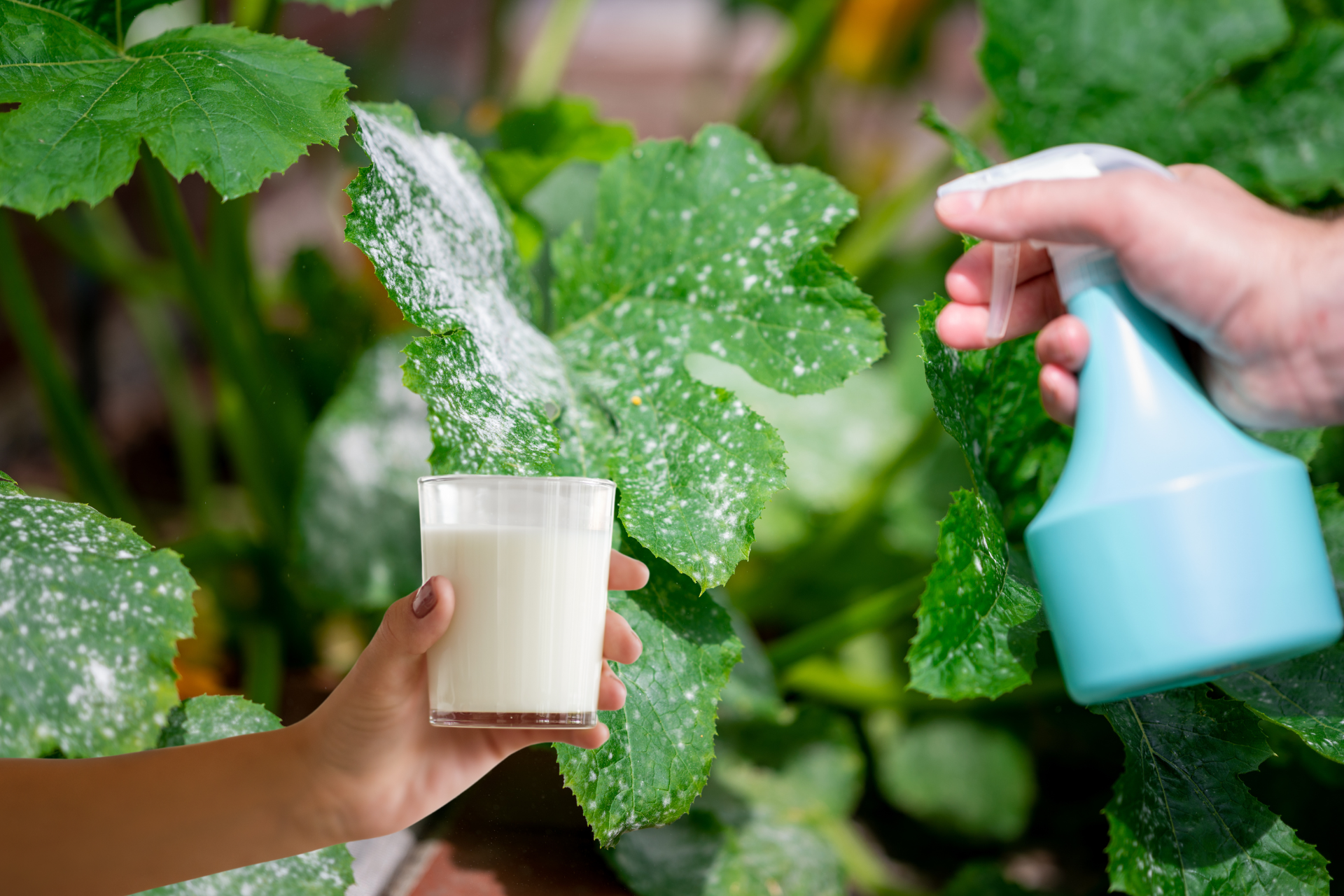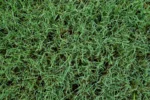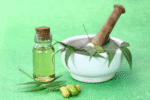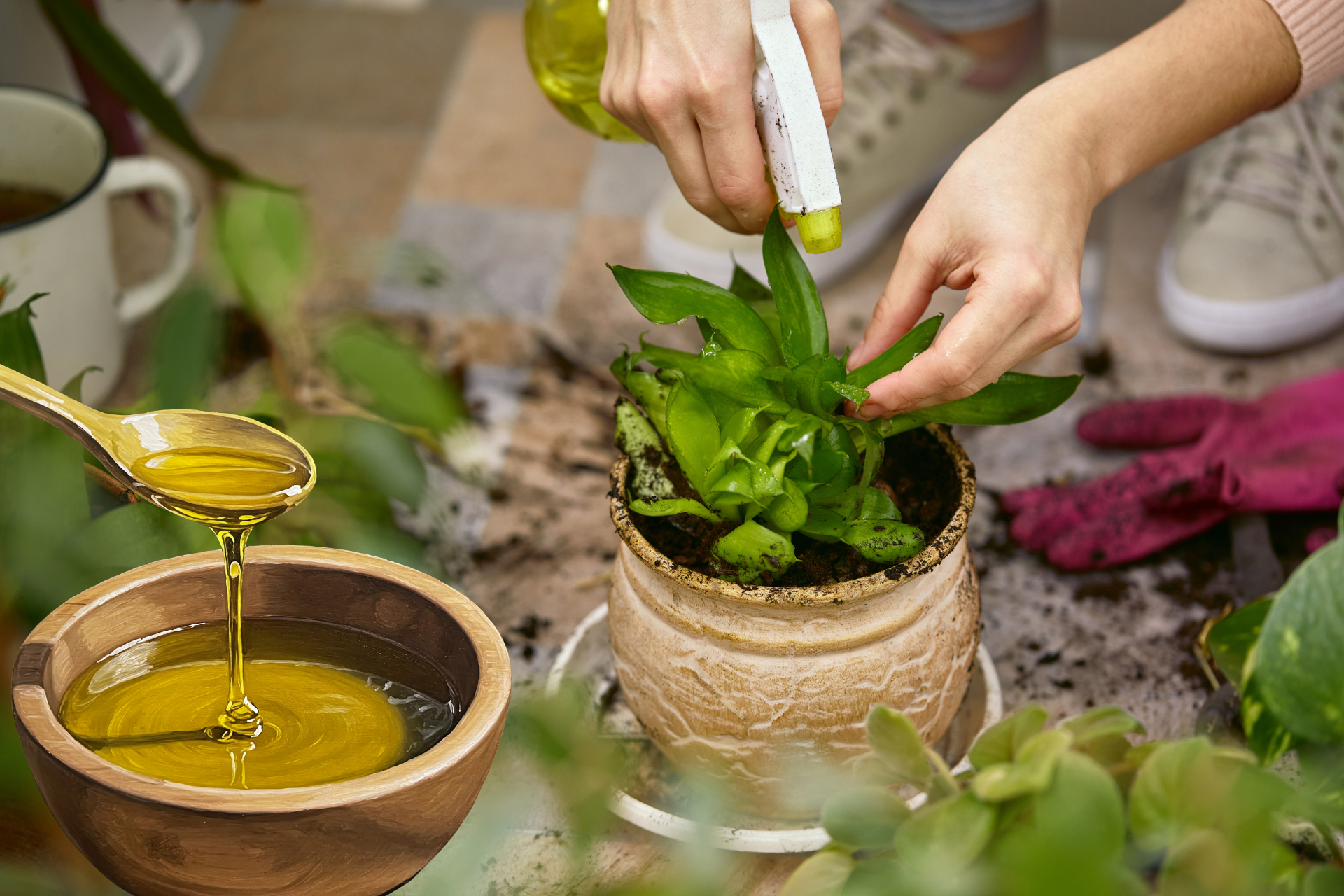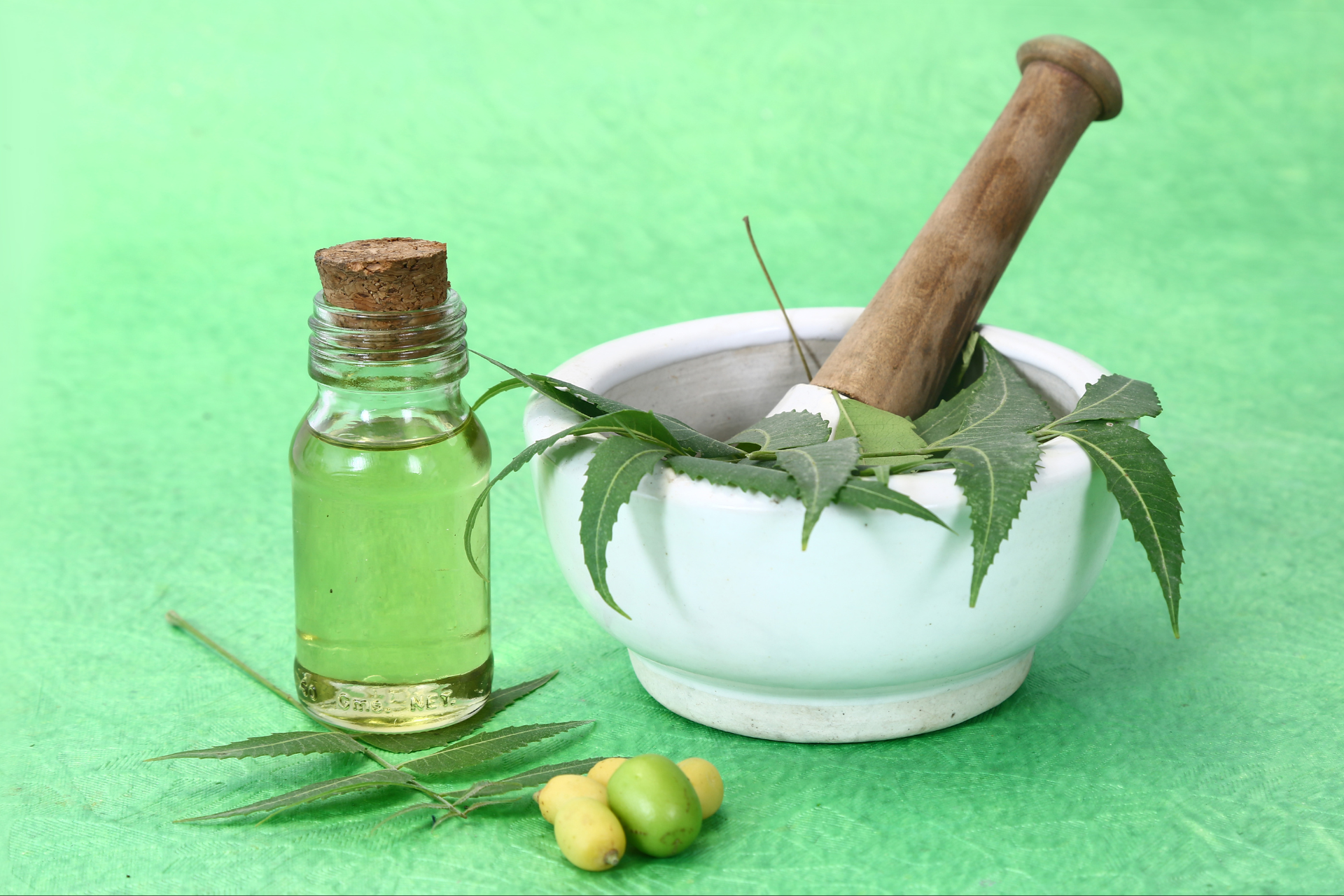Powdery mildew is a common fungal disease that affects a variety of plants, manifesting as dusty white or gray splotches on leaves and stems.
It thrives in warm, dry climates with high humidity at night and low humidity during the day, particularly in spring and fall. While some gardeners have turned to milk sprays as a home remedy, the effectiveness of milk in controlling powdery mildew is limited and inconsistent.
This article explores the limitations of milk sprays and highlights more reliable methods for managing powdery mildew.
The Milk Spray Myth
The idea of using milk to combat powdery mildew gained attention from a 1999 study by Brazilian researcher Wagner Bettiol, who reported that a 10% milk solution reduced powdery mildew on zucchini in greenhouse conditions.
Subsequent experiments, such as those conducted by Peter Crisp at the University of Adelaide, suggested that milk and whey sprays could suppress mildew on grapevines under specific conditions.
However, these findings have not been consistently replicated across different plant species and environmental settings.
Limitations of Milk Sprays
1. Inconsistent Efficacy
Milk sprays have shown variable results depending on the plant species, environmental conditions, and application methods. For instance, while some success was noted on grapevines and zucchinis, other plants did not respond as effectively.
2. Sunlight Dependency
The antifungal properties of milk are believed to be activated by sunlight, which can produce reactive oxygen species that damage fungal cells. However, this mechanism is less effective on cloudy days or in shaded areas, limiting the practicality of milk sprays.
3. Potential for Odor and Mold
Milk residues on plant surfaces can sour and produce unpleasant odors. Additionally, the organic matter in milk may encourage the growth of other microorganisms, potentially leading to secondary infections.
4. Lack of Residual Protection
Milk sprays do not provide long-lasting protection against powdery mildew. Frequent reapplication is necessary, which can be labor-intensive and may not be feasible for larger gardens or commercial operations.
Effective Alternatives to Milk Sprays
For more reliable control of powdery mildew, consider the following methods:
1. Fungicides
- Potassium Bicarbonate: Disrupts fungal cell membranes and inhibits enzymatic activity required for growth.
- Neem Oil: Derived from the neem tree, it coats leaf surfaces to prevent spore germination and has antifungal properties.
- Sulfur: An inexpensive, broad-spectrum fungicide that inhibits spore germination.
- Copper-Based Fungicides: Effective against a wide range of fungal diseases, including powdery mildew.
These fungicides should be applied according to label instructions, with attention to timing and frequency to maximize effectiveness and minimize potential harm to plants and the environment.
2. Cultural Practices
- Proper Spacing: Ensures adequate air circulation, reducing humidity levels that favor mildew development.
- Pruning: Removes infected plant parts and improves airflow within the canopy.
- Watering Techniques: Water plants at the base rather than overhead to keep foliage dry.
- Sanitation: Remove and dispose of plant debris that can harbor fungal spores.
3. Resistant Plant Varieties
Selecting plant varieties that are resistant or less susceptible to powdery mildew can significantly reduce the incidence of the disease. Consult local extension services or plant nurseries for recommendations suitable for your region.
4. Biological Controls
Employing beneficial microorganisms can help suppress powdery mildew:
- Bacillus subtilis: A bacterium that inhibits fungal growth and boosts plant defenses.
- Trichoderma harzianum: A fungus that competes with pathogens and secretes antifungal compounds.
- Ampelomyces quisqualis: A hyperparasitic fungus that infects powdery mildew fungi, reducing spore production.
These biological agents can be integrated into a comprehensive disease management program, offering environmentally friendly alternatives to chemical fungicides.
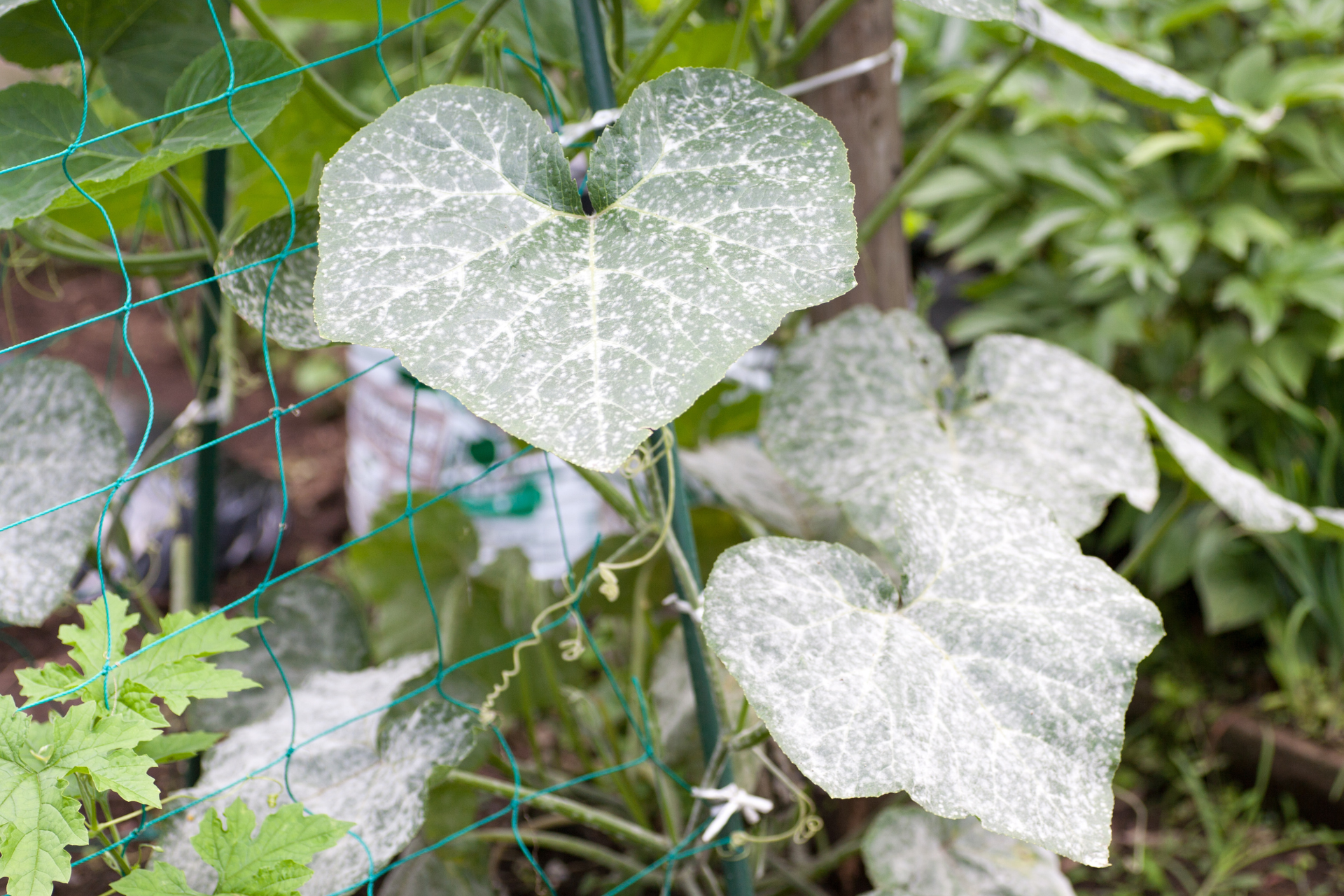
Conclusion
While milk sprays have been explored as a home remedy for powdery mildew, their inconsistent efficacy and practical limitations make them a less reliable option for disease control.
For effective management of powdery mildew, gardeners and growers should adopt a multifaceted approach that includes the use of proven fungicides, cultural practices, resistant plant varieties, and biological controls.
By implementing these strategies, you can protect your plants from powdery mildew and promote a healthy, productive garden.
